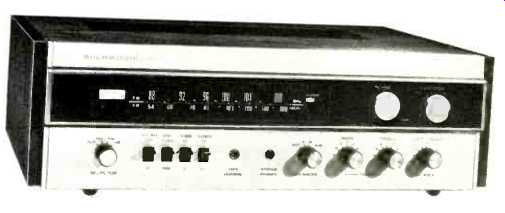
MANUFACTURER'S SPECIFICATIONS:
FM TUNER SECTION: IHF Sensitivity: 1.9 µV. S/N: -65dB. THD: 0.5%.
Selectivity: 40 dB. Capture Ratio: 2.8 dB. Spurious Response Rejection: 87 dB.
Image Rejection: 78 dB. I.f. Rejection: 90 dB. Stereo Separation: 40 dB @ 1 kHz.
AM TUNER SECTION: Sensitivity: 5µV @ 60% Mod. for 6 dB S/N. Selectivity: 7.5 kHz @-6 dB. Frequency Response:-6dB @ 4 kHz.
Image Rejection:-50 dB @ 1 MHz. I.f. Rejection:-45 dB @ 1 MHz.
AMPLIFIER SECTION: IHF Power: 70 watts total, 8 ohm load.
RMS Power: 25 watts/channel. THD: 1.0% at rated output, 0.2% at 10 watts. IM Distortion: 1.0% at 8 ohms, rated output; 0.35% at 10 watts. Power Bandwidth: 25-20kHz. Frequency Response: (Aux): 30-20 kHz ±2 dB. Damping Factor: 30 @ 8 ohms.
Tone Control Range: Bass: ±13 dB @ 100 Hz; Treble: ±13 dB @ 10 kHz. Input Sensitivity: (For rated output): Phono: 1.5 mV; Aux: 3.8 V. Hum and Noise (IHF): Phono:-65 dB; Aux:-75 dB.
GENERAL:
Size: 17 1/2 in. W. x 5 5/8 in. H. X 13 1/2 in. D.
Price: $199.95 (Walnut case included).
We never cease to be amazed at just how much value can be packed into a receiver chassis these days in the "just under $200.00" price bracket. The latest receiver in this category to be measured and evaluated was the new Sherwood S-7100 which is obviously manufactured for that firm by an overseas factory.
If we had to summarize our findings in two sentences we would say: The tuner section is outstanding for this price. The amplifier does not quite come up to its specs (at least the model we tested didn't), but is, nevertheless a good performer--within this price category.
The front panel layout (in anodized gold and black finish) is shown in the opening photo. The upper section includes a peak reading tuning meter (active in both AM and FM tuning functions), a well-illuminated, if somewhat foreshortened dial scale, flanked by the usual stereo indicator light, tuning knob coupled to a smooth flywheel, and the loudness (or volume) control which, in its counterclockwise position also turns off power to the unit. The lower section of the panel includes a four-position function-selector switch, a speaker selector for main, remote, both or no speakers (when using phones), and bass, treble and balance controls. Four two-position "key" switches provide tape monitoring functions, stereo/mono mode, FM interstation muting, and loudness compensation on/off. Finally, at center panel, there are stereo phone and tape-dubbing jacks. The latter jack duplicates the "tape monitor input" jacks located at the rear of the chassis, enabling the user to record to or playback from a second tape recorder. This feature also permits dubbing from one recorder to another.
The rear panel layout is quite conventional in features, including a switched convenience a.c. receptacle, line and speaker fuses, well-spaced screw terminals for main and remote speaker hook-up, input jacks for PHONO and Aux, record-out and tape monitor jacks, and a terminal strip for connection of FM and AM antennas as well as a ground terminal screw for connection to the phono changer or turntable if required. A built-in "Loopstick" antenna is also provided, and it is capable of being swung away from the chassis for best AM reception.
Removing the walnut enclosure discloses the circuit board layout of the chassis (See Fig. 1), since there is no inner metal housing supplied. A fully-sealed front end drives separate AM and FM i.f. circuit boards. The multiplex decoder circuitry is located on another circuit board. Twin driver-amplifier circuit boards feed the power-output transistors located on the heat sinks at the rear of the chassis. Preamplifier and tone control-stage circuit boards are located below chassis surface, just visible in Fig. 1 adjacent to the front panel. Although output-transformerless, the audio amplifiers of the S-7100 do utilize driver transformers in a conventional push-pull circuit design. The only output-circuit protection afforded is in the form of a fast-acting 2.5-ampere speaker-line fuse in each channel.
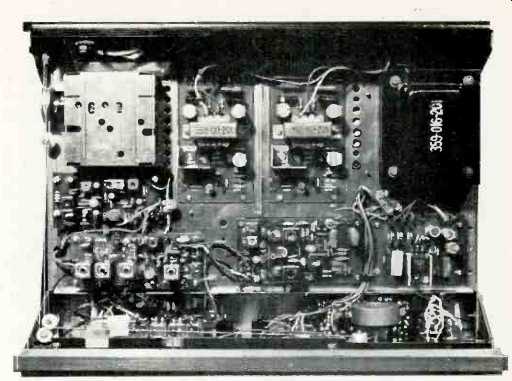
Fig. 1--Showing top view of Sherwood S-7100 receiver.
Performance Measurements
If sensitivity were the only criterion of FM tuner perform with sets costing two
[...]
[...] tone controls set for mechanical center. By boosting the setting slightly, flat response was attained within I dB from 18 Hz to 23 kHz. This response, as well as tone control range and loudness compensation curves for-30 dB setting of' the volume control, are shown in Fig. 6.
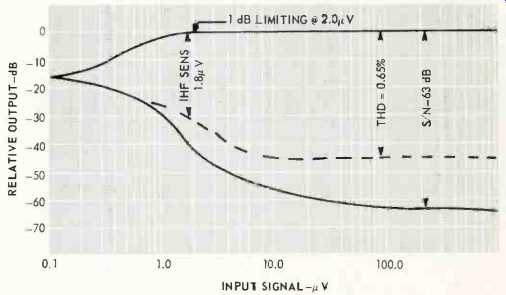
Fig. 2-Sensitivity, THD, and S/N of the tuner section.

Fig. 3-FM Stereo separation.
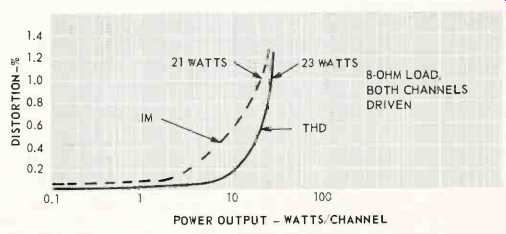
Fig. 4-THD and IM characteristics of the amplifier section.
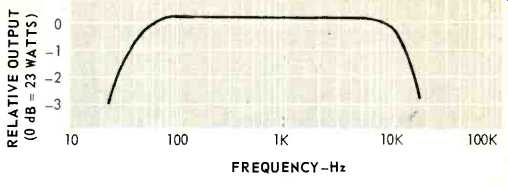
Fig. 5-Power bandwidth (at 8 ohms, both channels driven).
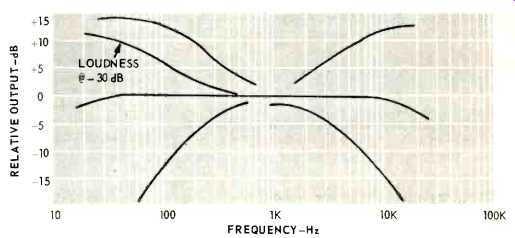
Fig. 6--Tone-control range, frequency response, and loudness contour
action.
Listening Tests
The Sherwood S-7100 receiver was used with a pair of medium-efficiency book-shelf loudspeaker systems for most of our listening tests. It drove them nicely at all levels of volume which we would normally want in a modest-size listening area.
In oversize listening areas, however, or with very low-efficiency speaker systems, the amplifier showed signs of going into overload and distortion was apparent at high listening levels. If two sets of speakers are to be used with this receiver (main and remote locations), it is recommended that only one pair be used at a time in view of these power limitations, unless fairly high-efficiency systems are chosen.
As for FM reception, a count of all stations received with a directional outdoor multi-element antenna came to 43, but again, this must be tempered by the fact that some six of these stations were heard with evidence of alternate channel interference to a greater or lesser degree. That still leaves 37 stations which were acceptable, devoid of any noticeable background noise and low enough in distortion to be satisfactory. For all but the ardent FM "DX-er" that's a lot of FM in a low-priced receiver! It is difficult to rate an under-$200.00 receiver, such as the Sherwood S-7100, in absolute terms. Obviously, the manufacturer has built in just about every feature and performance spec that modern technology could come up with at this retail price. Is it the equal of $400.00 receivers? Of course not! Should it be rated as a "high-fidelity" unit in the context in which readers of this magazine recognize that term? Absolutely! Certainly, for the less-affluent devotees of good sound in the home, the Sherwood S-7100 would make a great "starter" system-far superior to any of the mass-advertised so-called "cheapie" compacts which appear in newspaper advertising around the country-and even more superior to any package or console equipment which purports to be "high fidelity" and offers inflated specifications that are all but meaningless.
-L.F.
(Audio magazine, Feb. 1971)
Also see:
Sherwood Model S-7200 AM /FM Stereo Solid State Receiver (Equip. Profile, May 1973)
Sherwood S-2680CP Receiver (Equip. Profile, June 1984)
Sherwood Model Micro/CPU 100 Stereo FM Tuner (Nov. 1977)
= = = =